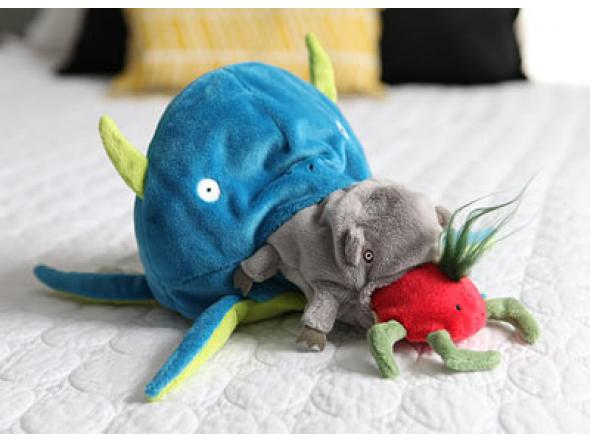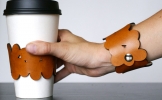 In order to become a fabulously rich and famous - or at least sustainable - business owner, you need to learn how to find your niche. In order to do that you have to first figure out exactly what you’re selling.
In order to become a fabulously rich and famous - or at least sustainable - business owner, you need to learn how to find your niche. In order to do that you have to first figure out exactly what you’re selling.
Yes, I know you sell handmade jewelry or crocheted scarves, but you need to get much more specific than that. So grab a pen and paper (and a thinking cap) and get ready to start finding your niche!
To start finding your niche, first ask yourself, what do you sell? Be specific here and don’t forget to combine your product with what sets you apart from your competitors. Do you sell knit onesies for premature babies or coffee cozies for the Trenta size (because we all know it’s coming for hot beverages soon). Do you donate part of your profits to charity or use only organic materials?
In addition to your product, what intangible thing do you provide? Articulating this need that you fulfill for your customers is the next step in finding your niche. Does your item offer comfort, freedom, relaxation, or an end to an age-old problem (like your husband always eating the last cookie)? For fine artists, their work may provide beauty to a blank wall; for antique dealers, a new life for a loved possession. This all ties into the reason why you make your product. You paint because you want to make people joyful in their homes or you sell used goods to inspire a sense of pride in your customers for their belongings. Make sure you know why you’re making a product you so that it can come through to your customers.

How To Build an Artist Website
Sign up for our newsletter and get the book How to Build an Artist Website for free!
By now you have a fairly good idea about how to find your niche, but if you want to make branding (and writing your mission statement) easier, I think you’ll enjoy this next exercise in . It’s one of my favorite parts of the business book The Boss of You, by Lauren Bacon and Emira Mears. Basically, you take all that you’ve just written about your business and expand it into a character. What would it be wearing? What sort of personality would it have? What are its favorite foods, drinks, movies? Would it prefer a classy night out or a flannel pajama sleepover?
The more detailed you can be in your description, the closer you'll come to finding your niche (and conversely the people who are interested in that niche). Seeing your business as a fully fleshed-out character will enable you to better mesh your product, your reason for creating, and your branding into a cohesive whole.
Hopefully you’ve gone from "selling jewelry" to "offering hand-forged silver engagement rings." Just remember to keep true to yourself when finding your niche, and focus on what you truly love to make. Oftentimes, the best businesses are incredibly limited in terms of product because they have found their niche and formed a cohesive business around it.
Now that you've learned how to find your niche, don’t forget to hang your notes and character sketch somewhere visible so that you can look back every few months and check if you are staying true to your vision.
photo: Teetersaw is a perfect example of a company that has found its creative niche. Focusing on invention, the team creates unique plush toys, such as their Foodchain Friends line to promote imagination in children.




